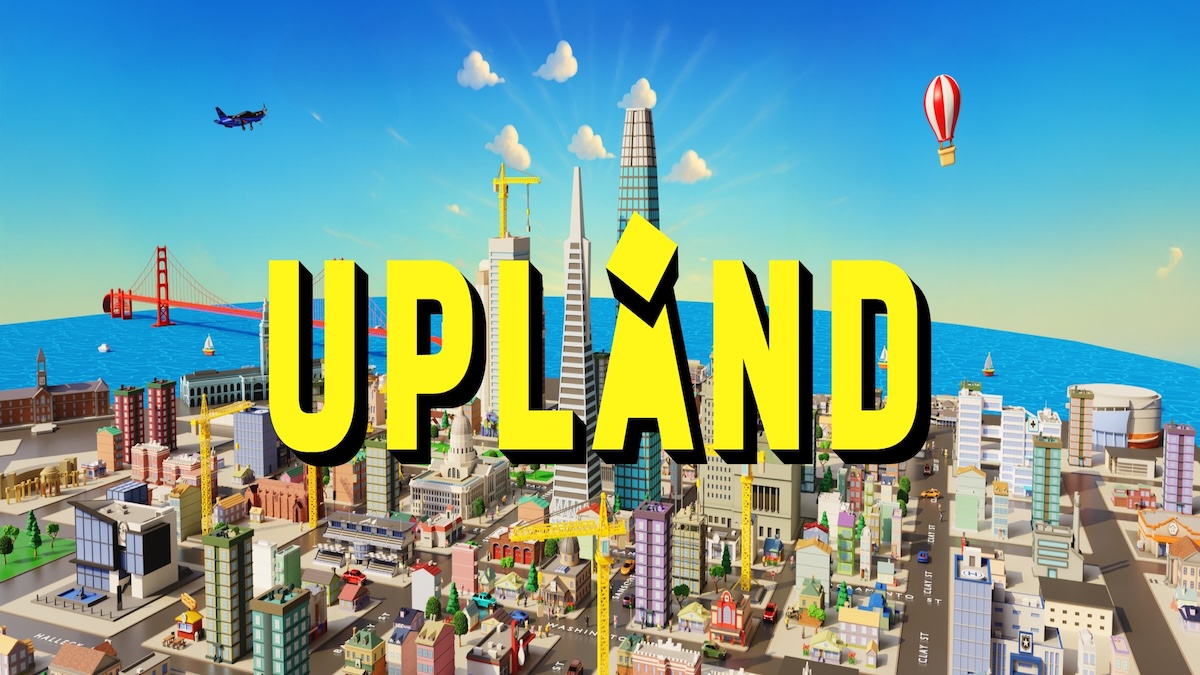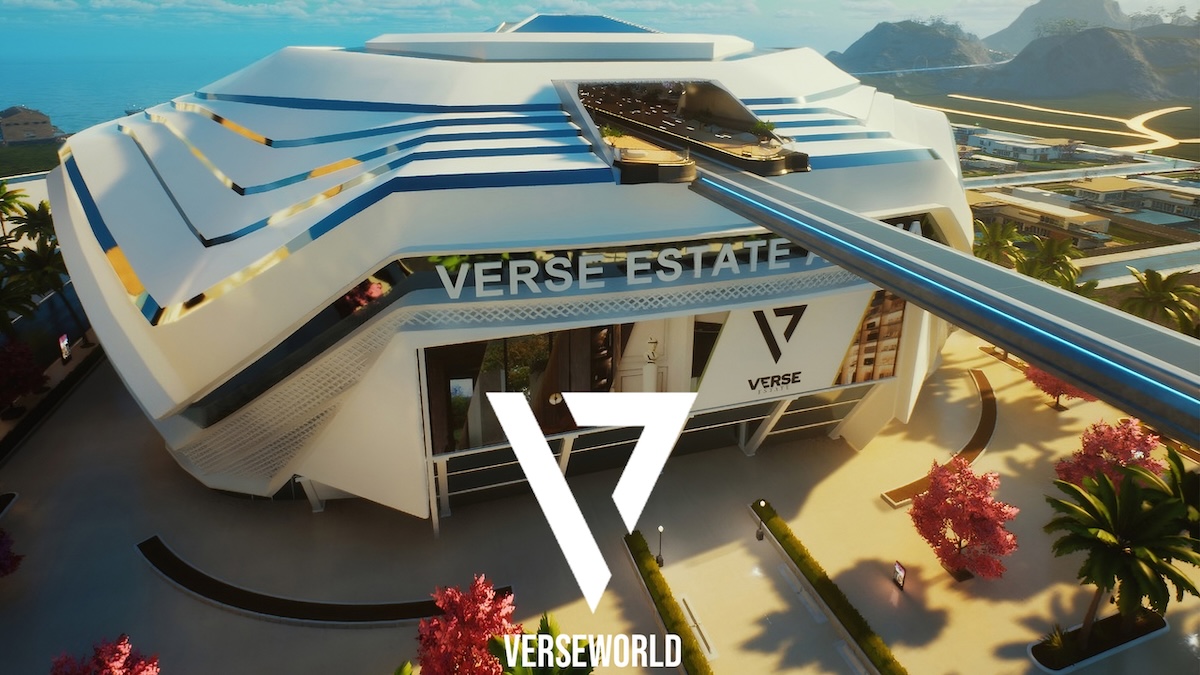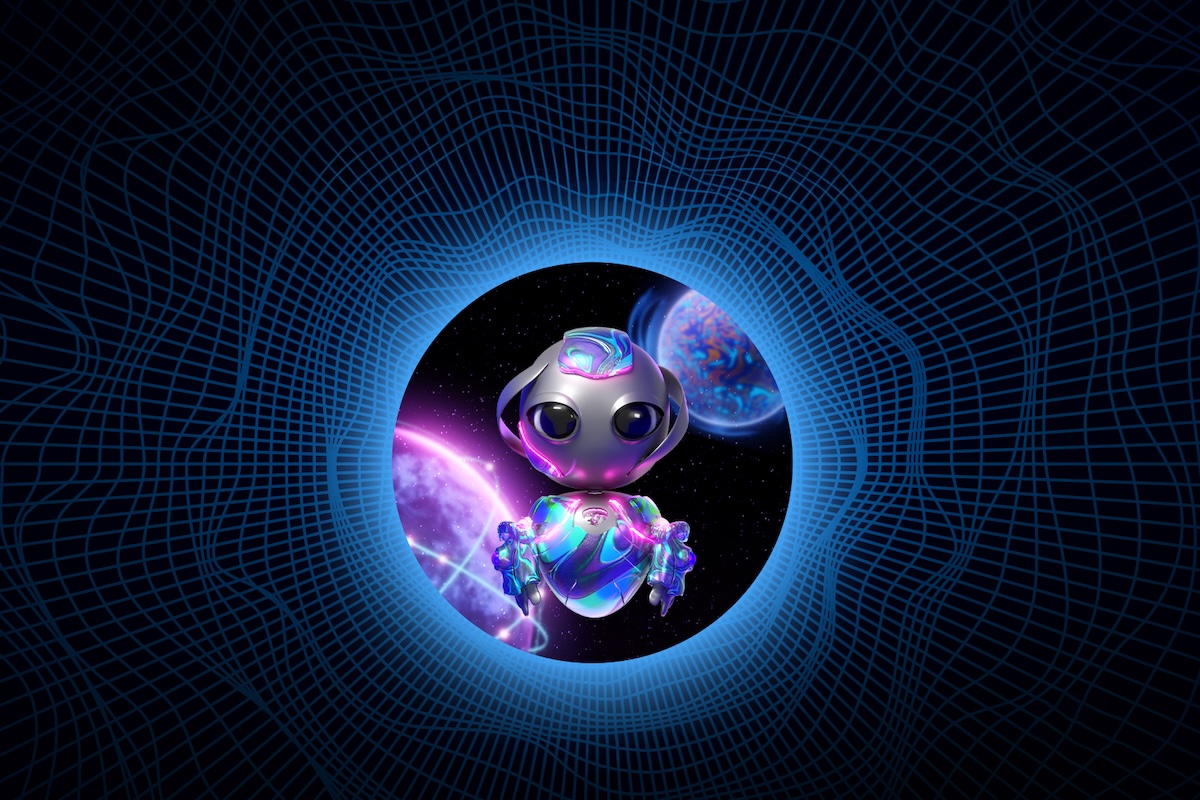Open Metaverse Has The Potential To Transform Virtual Identities
The metaverse continues to become the center of attention. Typically, metaverse propels people to think about Facebook or gaming platforms
In 2022, the metaverse continues to become the center of attention. Typically, metaverse propels people to think about Facebook or gaming platforms like Roblox and Fortnite. But open metaverse revolves around web-based projects and pairs together with the Web3 ecosystem. Tech experts and enthusiasts believe that the future of the internet revolves around the open metaverse.
It is vital to understand that the open metaverse is still in its infancy. You can jump into the rabbit hole of OMI's Discord server or Open Metaverse Interoperability and find out what’s being built on the open metaverse. The focus of OMI is to raise the virtual reality standards and put in place a solid framework for IP protection.
Avatars and Online Identity
Through the context of the metaverse, the online identity of a user is bound by avatars. For instance, a user can use pseudonymous and not reveal his real identity in the virtual space. This is one of the defining aspects of open metaverse that continues to make it more popular.
Open metaverse applications are no longer a figment of imagination. In fact, the use cases of open metaverse may sound straight out of a sci-fi film, but its impact on users is real. For instance, most proponents in the open metaverse have 3D avatars.
And each avatar is identifiable through unique visual characteristics. Users believe that the central navigation of avatars is the key to the emergence of the internet in the foreseeable future. For instance, users can spend time visiting different virtual worlds, play around with avatars, and create dedicated digital assets.
Reluctance Towards 3D Avatars
Since the use of VR is at the center of the open metaverse, famous 3D virtual spaces continue to garner the interest of more users. Right now, even the biggest advocates of metaverse technology are hesitant to embrace 3D avatars. CEO John Riccitiello of Unity corporation highlights that avatars become useful in specific circumstances and have limited use cases.
For instance, you don’t need an avatar to buy a new Blu-Ray of a film. However, the believers of the open metaverse see avatars as a reflection of their identity and self-expression. In fact, open metaverse supporters view avatars as a cornerstone component.
If the future revolves around a 3D avatar open metaverse, then it is natural to wonder “how” it connects with our identity and sense of self online. Unlike dynamic practices of social media platforms, 3D internet in the open metaverse encourages people to adopt a more exploratory and playful identity.
Open Metaverse Stacks
As of now, developers want to play around with the evolving and new 3D internet through an open metaverse. The three-dimensional standard is more of a framework and a model for developers to create and use 3D avatars through a consortium.
On the downside, interoperability still has a long way to go when it comes to the metaverse. In any case, you can expect the web to become an essential aspect of the metaverse. In 2022, the sentiment around 3D avatars and open metaverse are changing for good.
Open Metaverse and NFTs
One of the stacks of the open metaverse is NFTs. With Web3, financial perks, and community support, NFTs have become an essential aspect of the open metaverse. It is a unique way for users to own digital assets and maintain ownership.
Most people want ownership and interoperability around digital assets but verification often doesn’t pan out. But proponents of metaverse point out that it is a work in progress and the promise of Web3 is bound to open new windows of opportunities.




